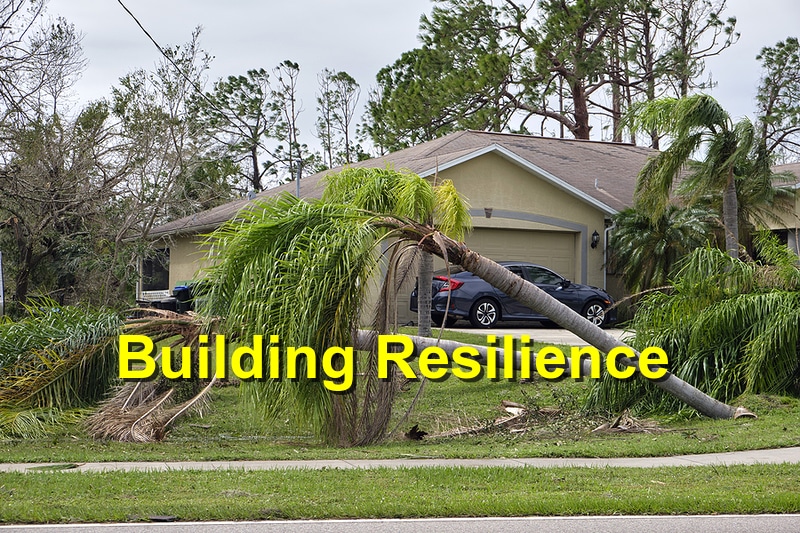The recent pervasive discourse on climate change has spawned conversations on building resilience. The rate of natural disasters, including flooding, earthquakes, tsunamis, and hurricanes, is due to climate change on the rise. As such, building resilience focuses on building homes that can sustain the effects of natural disasters.
Sustainability and Building Resilience
Sustainability and resilience are two often mistakenly interchanged terms, which are inherently different but equally important considerations in building design. Sustainability relates to meeting the development needs of the present day while ensuring that future generations can also attain their own needs. On the hand, resilience refers to the specific curation of building design to bear the vulnerabilities of disaster and disruption of everyday living.
Tips on Building Resilient Homes
The basic design principles of building resilient homes are also interrelated with that sustainability. Let us explore some of them.
- Durability and strength- the construction materials used in resilient building models should be durable and robust to withstand the effects of brutal weather and climate.
- Energy efficiency– Low external energy inputs such as triple-insulated glazing, building envelopes, and solar heating should be installed to increase energy efficiency in ongoing building operations.
- Low-carbon raw materials and systems– appropriate building materials such as wood and bamboo with low carbon emissions should be at the heart of building resilient buildings.
- Maximum lighting utilization and reducing dependency on electricity: resilient buildings will rely on daylight as the primary source of internal lighting. Hence, architects must include daylighting strategies such as atrium spaces, narrower floor plates, and interior courtyards. The building should still serve its purpose in the face of natural disasters with more prolonged power interruptions.
- Floor resistance: Floor resistance is essential in protecting houses from heavy rainfall or floods. As such, tips to improve resistance include house elevation on columns and stilts.
- Roofing: Often, the roof is the most vulnerable section in the face of a hurricane or a strong wind. More extended eave overhangs tend to be easily uprooted by heavy winds. Shallow-pitched roofs and gable roofs are less wind-resistant. Therefore, it is necessary to balance the functionality of a roof and its resilience since it also has several thermal and maintenance issues.
Conclusion
Building resistance refers to the ability of a structure to maintain its integrity in a natural disaster. Interlinking sustainability and resilience mean that future buildings must integrate sustainable building tactics in design considerations of weatherproof homes.
References: UNEP, HousingFinance




